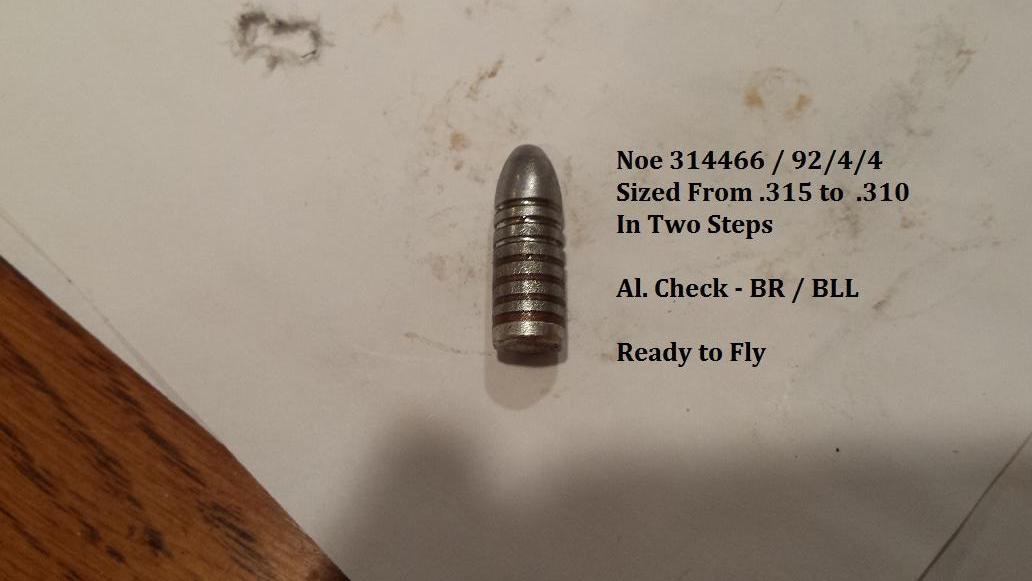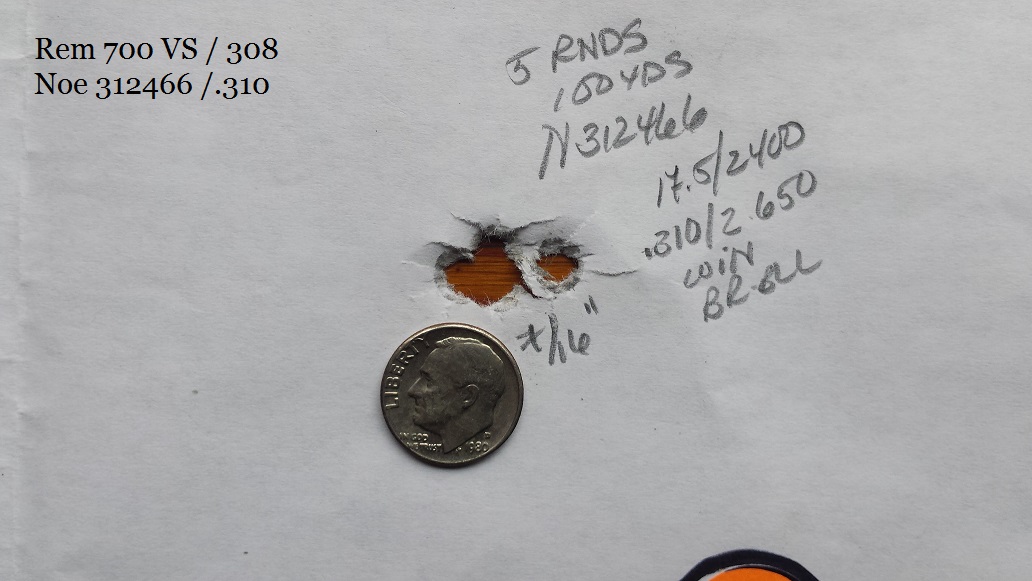Kevin Stenberg
Well-Known Member
To all of my mentors. I have a question on procedure.
Tonight I was sizing some NOE 311 - 195 bullets and I had to stop because I am seeing a problem. As my bullets were going into the sizer and being sized on the way down. Before the lube is put into the appropriate locations in the gruves. The gruves are being squeezed smaller than as cast.
Would it be better to size with a larger sizer have more space to be filled with lube. Then resize with the appropriate size sizer.
I know the displaced lead has to go somewhere. But I am not sure which would be better.
Tonight I was sizing some NOE 311 - 195 bullets and I had to stop because I am seeing a problem. As my bullets were going into the sizer and being sized on the way down. Before the lube is put into the appropriate locations in the gruves. The gruves are being squeezed smaller than as cast.
Would it be better to size with a larger sizer have more space to be filled with lube. Then resize with the appropriate size sizer.
I know the displaced lead has to go somewhere. But I am not sure which would be better.



